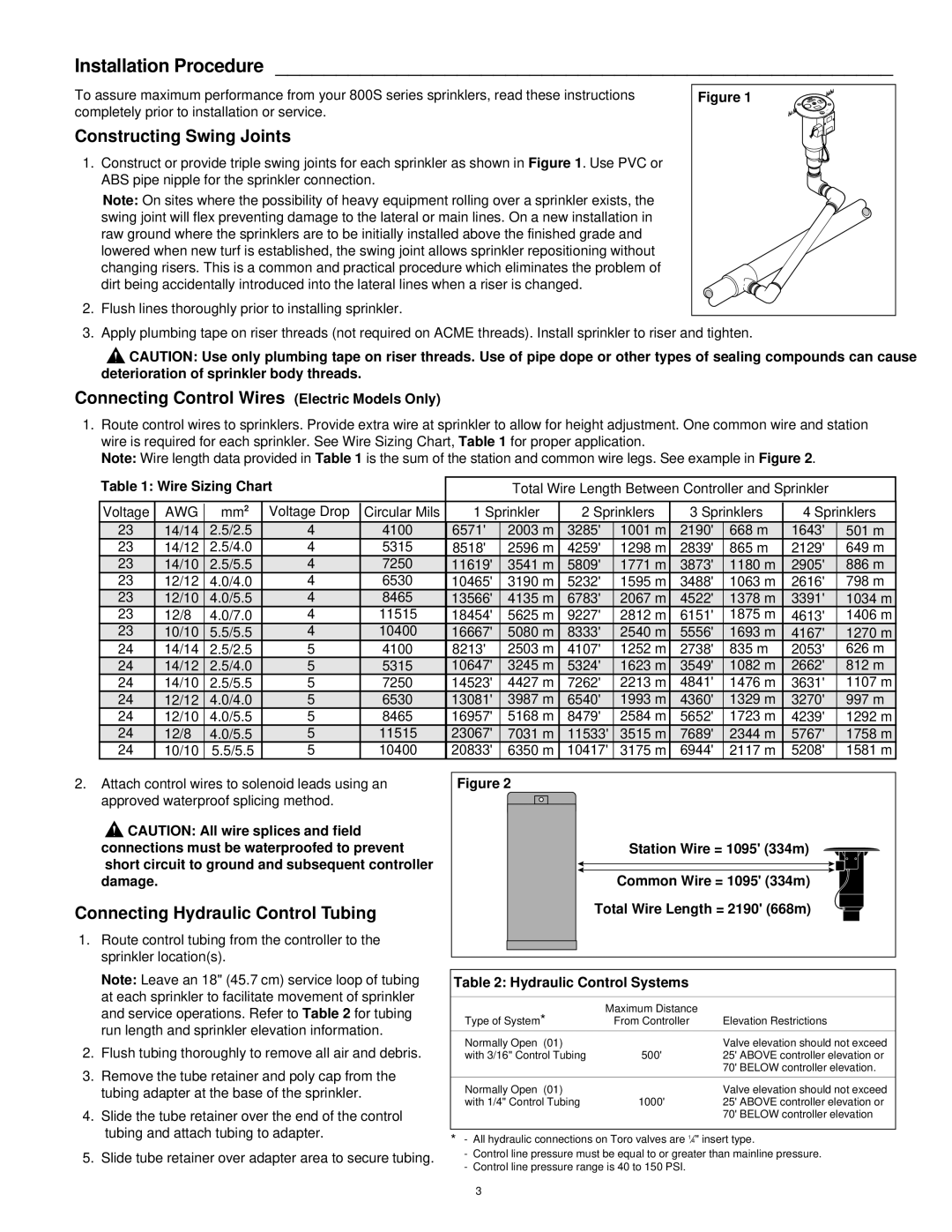830S, 850S specifications
The Toro 850S and 830S are cutting-edge ride-on mowers designed for commercial landscaping professionals who demand durability, efficiency, and optimal performance. Both models boast an array of advanced features and technologies that provide unparalleled mowing capabilities while ensuring ease of operation and maintenance.The Toro 850S is known for its robust engine performance, powered by a high-torque, gasoline engine designed to deliver outstanding cutting power. Its 60-inch or 72-inch cutting deck options allow for a broad mowing path, enhancing productivity by covering large areas quickly. Enhanced with Toro’s patented Smart Speed Technology, the operator can easily adjust the speed without compromising cutting performance, allowing for precise control when navigating tight spaces or around obstacles.
Similarly, the Toro 830S offers impressive performance with its own high-powered engine while providing a slightly more compact design. The 830S features a 52-inch cutting deck, which is excellent for smaller properties or areas with constrained access. Its agility and responsiveness make it a favorite among landscapers who need to manage intricate landscapes without sacrificing speed or cutting quality.
Both models integrate Toro’s patented Zero Turn technology, enabling the mowers to pivot within their own footprint, significantly reducing the time spent maneuvering around obstacles. This makes them particularly effective in complex environments, where traditional mowers may struggle.
User ergonomics are a top priority, with both mowers featuring comfortable seating and intuitive control layouts. This attention to operator comfort minimizes fatigue during long hours of operation, allowing landscapers to maximize productivity without compromising personal well-being.
Fuel efficiency is another area where the Toro 850S and 830S shine. Their engines are engineered for reduced emissions and optimized fuel consumption, making them environmentally friendly while also cutting operation costs over time.
Maintenance is simplified through a modular design that allows for easy access to vital components. This means that regular upkeep can be done quickly, ensuring that both the 850S and 830S remain in peak operating condition with minimal downtime.
In summary, the Toro 850S and 830S mowers are exceptional choices for professionals needing reliable, powerful, and efficient tools for their landscaping needs. Their combination of innovative technologies, operator-friendly features, and robust construction ensures that they stand out in the competitive market of commercial ride-on mowers.

